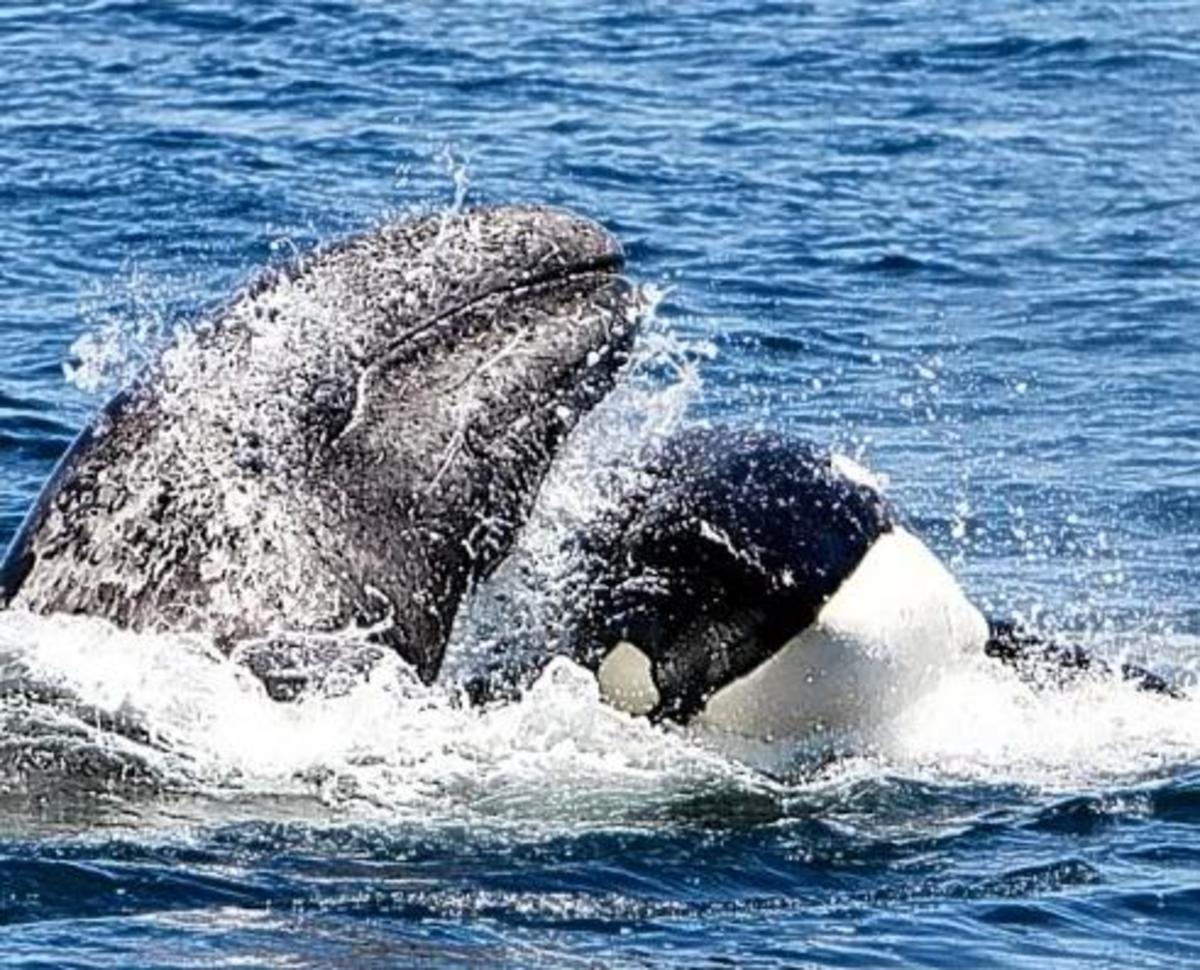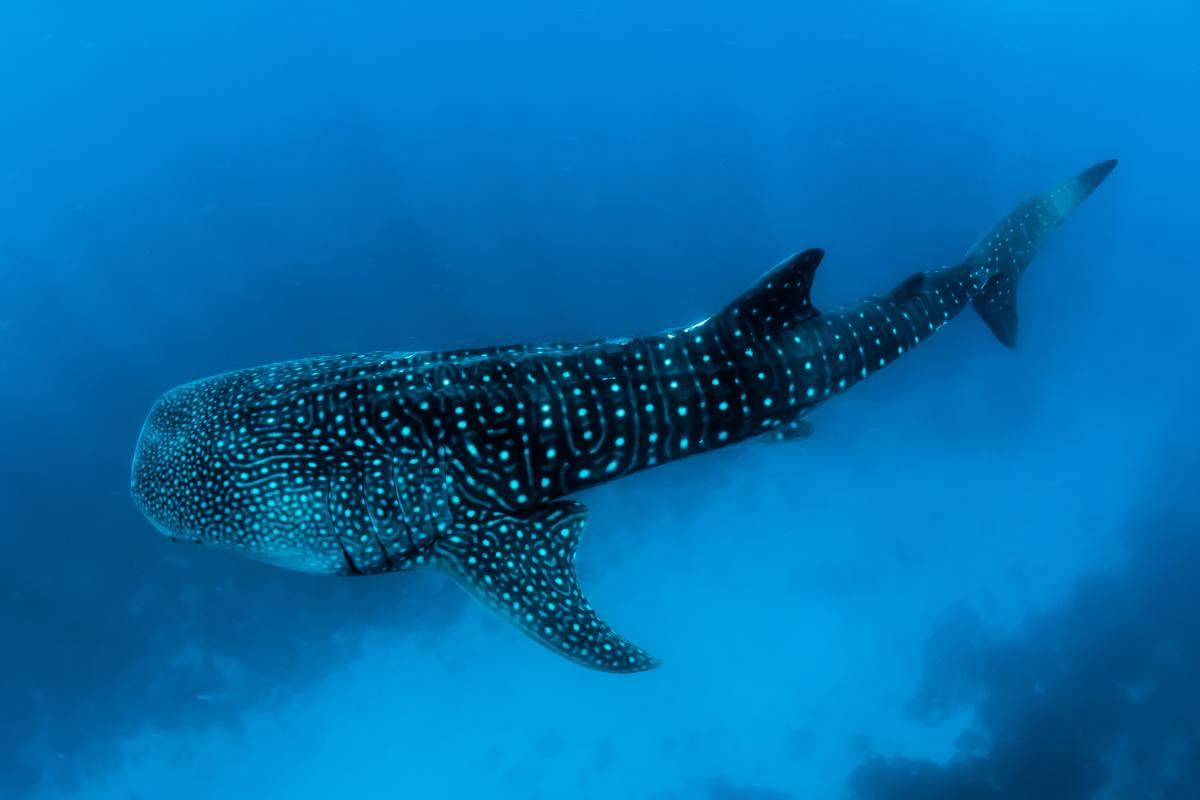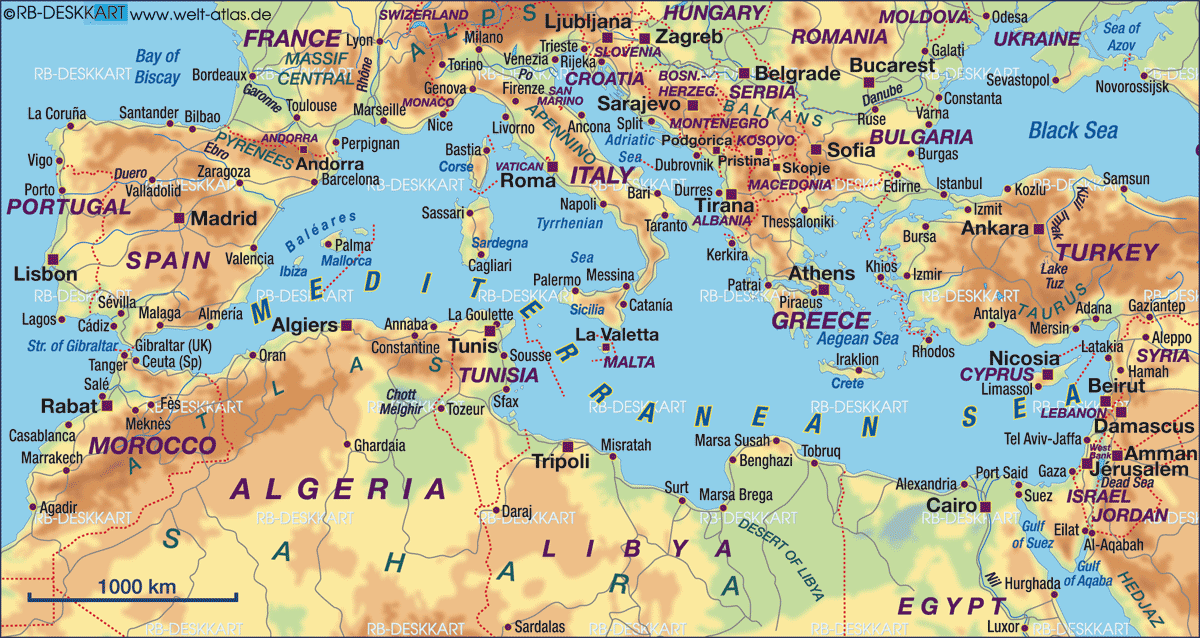- HubPages»
- Education and Science»
- Life Sciences»
- Marine Biology»
- Marine Life
North Pacific Giant Octopus
Scientific Name: Enteroctopus dofleini
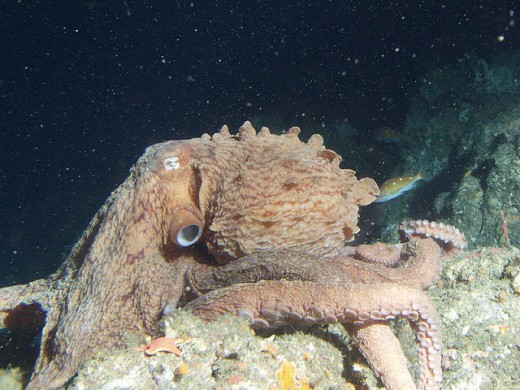
Description
The record for the biggest of all the known Octopus in the world goes to the North Pacific Giant. The only debate about this topic is just how large they can really be. What has been documented by experts is a size of about 15 feet with a weight of about 150 pounds. Yet there are reports of much larger ones out there. The problem though is being able to record that information so that it is really credible. Perhaps one day we will have that and the statistics will be increased.
The overall size that you will find with this type of Octopus really depends on the location. Some of them are only about half of the recorded sizes. That is why they are commonly mistaken for a different type of species of Octopus. Most experts agree that the types of food that they eat also determines their overall size.
Normally this type of Octopus is either a shade of red or brown, but don’t count on that to always be the case. They have the ability to change colors very rapidly in order to blend into their surroundings. This is an instinctive behavior that allows them to be unseen when they can’t hide. Due to their large size they can’t get into crevices and other locations like smaller species of Octopus can.
More North Pacific Giant Octopus Facts
- Octopus Facts and Information
Octopus Facts and Information. Feeding, habitat, distribution, reproduction, anatomy and more. Facts about the Blue Ringed Octopus, the Caribbean Reef Octopus, the Common Octopus among others and further information about octopus
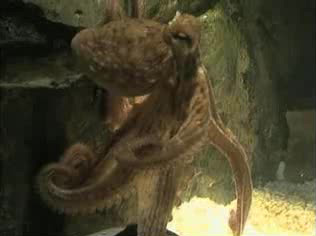
Anatomy
They are very thick when it comes to their head you will notice it is larger than for other species. They have a sphere shape to them which is why they are able to move very quickly even though they are long and they are heavier than other species. They move on their side so that they don’t get noticed in the water.
They move along the bottom of the ocean too so that they are often believed to be part of the sand. They can also be mistaken for star fish down there. They often have a tan coloring to them so that they are able to pull this off without any problems at all. Even experts have a hard time locating them due to their color changing abilities.
Evolution
It is believed that a huge part of evolving for the Octopus has been their pigment changes. Yet how they actually occurred and when isn’t known. It is widely accepted though that they have been around for millions of years. What types of other animals they were once related to though back then really isn’t known.
We have to continue to try to find those types of connections out there. If you have some time you may find it worthwhile to explore the many different theories about their evolution process though. You may find you agree with some of the ideas yet others seem comical at best.
Interesting Links
- Facts and Information about Squids
Squid Facts and Information. Feeding, habitat, distribution, reproduction, anatomy and more. Facts about Species like the Giant Squid, Colossal Squid, Vampire Squid and many others. - Facts about Whales
Whale Facts and Information. Feeding, habitat, distribution, reproduction, anatomy and more. Facts about Species like the Blue Whale, Humpback Whale, Sperm whale, Beluga Whale, gray whale, bowhead whale, minke whale, fin whale, narwhal whale and pilo
Behavior
Unfortunately we haven’t had the opportunity to really explore this species of Octopus as much as we would like to. They are very interesting and we also know they are very smart. They have excellent memories and they are able to problem solve with some unbelievable characteristics. This helps them to be able to adapt to the many changes around them in their environment.
We do know that they are extremely shy and because of that they are ready to release their ink before thinking twice about it. They want to be able to get away from predators and to be safe. When researchers try to get close to them in the water they will release that ink. They also live where there are dangerous predators so being with them in the water can put human lives at risk.
North Pacific Giant Octopus Video
Habitat/Distribution
If you haven’t guessed it by now based on their namesake, they are found it the North Pacific Ocean. They can be found at depths of about 200 feet. Yet due to the changes in their environment they may have to modify that range in order to have their basic needs met.
It is believed that they are extremely versatile so the depth of their location can be very different. It is this process though that has allowed them to be dominant in the waters and to continue living. Even when other types of animals haven’t been able to adjust they seem to always find a way to do so.
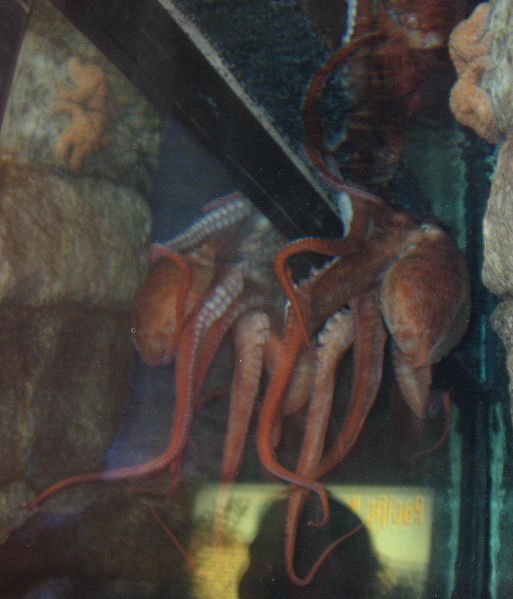
Interesting Links
- Dolphin Facts and Information
Facts about Dolphins, Information about Bottlenose Dolphins, Pink Dolphins. Dolphin Information - Facts and Information about Sharks
Information and facts about sharks. Sharks are one of the most amazing creatures in the earth. They have lived in the ocean for more than 450 million years and they have survived succesfully during this time.
Diet/Feeding Habits
They activity look for sources of food during the night time hours. The North Pacific Giant Octopus has amazing eyesight that allows them to do very well. They consume lots of food so they need to be excellent hunters. Very little prey gets free from though as they blend in so perfectly with their surroundings. They feed on fish, shrimp, crab, and clams.
Some of these sources of food have shells on them that they remove with their powerful beaks. When they aren’t able to do that though they simply use saliva to make it brittle and then remove it. They are extremely powerful hunters too which is why they have been confirmed hunters of small species of sharks. This has been verified with the remains of these sharks in their bellies.
Reproduction
The mating process is very similar to that of many other species of Octopus. The fact that the males and the females will die so soon after mating takes place is part of the process of their lives. They only live just over a year so they accomplish a great deal in that period of time. When you see the North Pacific Octopus around each other that is an indicator that it is time for mating to take place.
The process involves the males placing a sperm sac into the mantle. It has to stay there for about 6 months though. This is how long it takes for the eggs to develop inside of her body and then to be released. As they are released she will place the sperm on them and do her best to hide them from predators. Can you believe each female will lay about 100,000 eggs?
She will give up her own life to protect those eggs. They have to be cleaned too so she will periodically blow bubbles from the water over them. This powerful action can get dirt and debris to be removed from them. In spite of her efforts she will die as they start to come out of the shells. Only about 1% of them will survive the first couple of months of life. It is a vicious cycle that is balanced out very carefully by nature.
Giant Octopus Video
- Facts about Pollution | Effects of Pollution
Pollution Facts and Information. Effects of Pollution in the Environment
Predators
Who are the predators of the North Pacific Giant Octopus? Who has the power and the desire to consume them? This can be a variety of animals including the Sea Otter, Harbor Seal, and the Sperm Whale. Each of them is a very large animal as well as one that is a skilled hunter.
Due to their size, they are often hunted by humans as well. The North Pacific Giant Octopus can be consumed as a food source. The demand out there for dishes made from Octopus is very high. Commercial fishers also don’t like reduced amounts of crab and fish in their equipment. These Octopus feed on them so by keeping their numbers low they can make more money.

